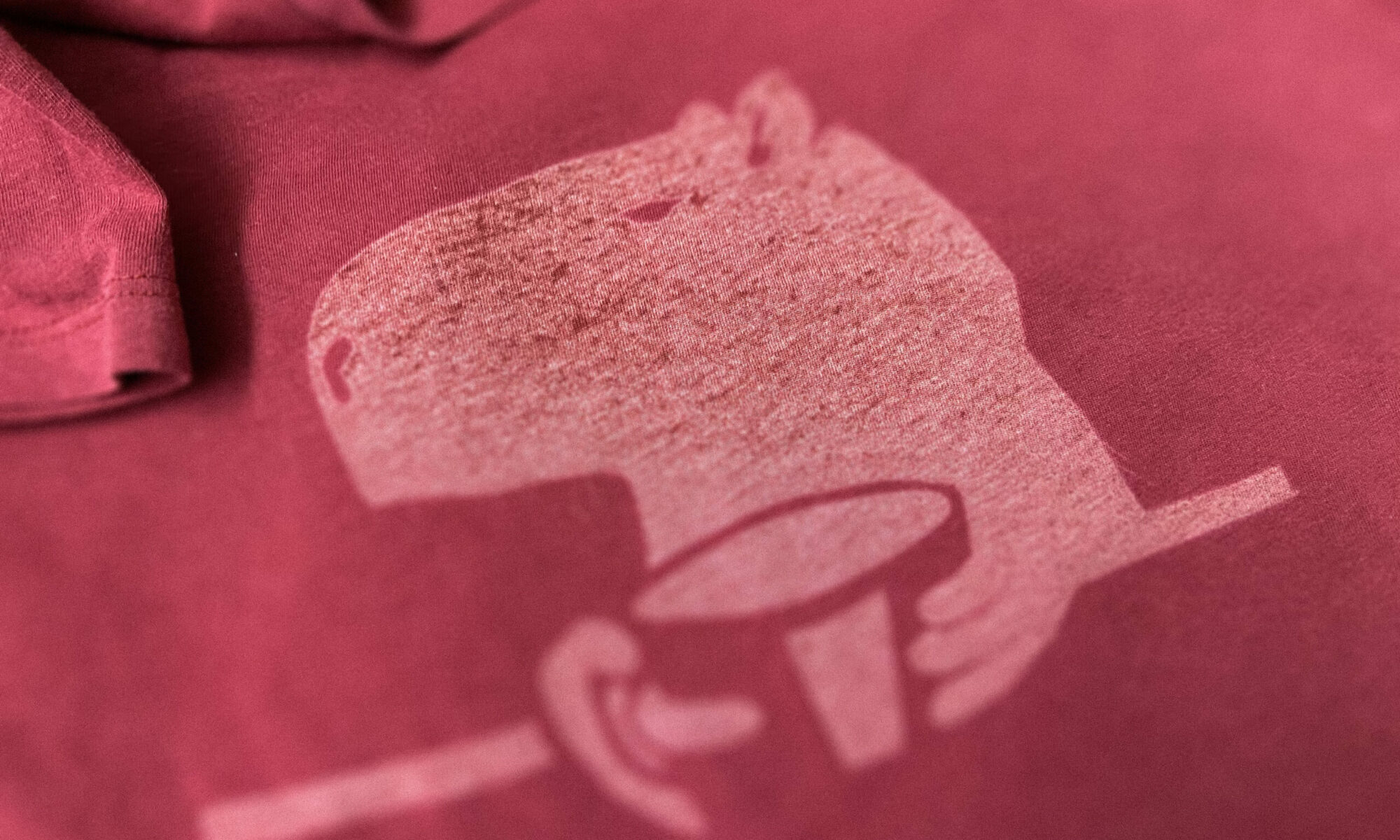Admiral Bulletin and the Daily Strip
On Christmas Day, 1937, Admiral Bulletin debuted as a three-panel daily comic strip, joining a field already crowded with established players like Chester Gould’s “Dick Tracy” and Lee Falk’s “Phantom.” The art and story were the creation of Nigel Hartley, who brought a love of intrigue and a distinctive crosshatched Art Deco style to the endeavor. The strip was an international success, launching the following Valentine’s Day in the United States under the King Features Syndicate banner and eventually appearing in twelve languages across five continents. During the war, Bulletin dutifully chased spies from one end of the Allied theatre to the other, and Hartley continued work from his family home in West Somerset, though readership declined of necessity. It was, however, Hartley’s departure in 1952 that ended Bulletin’s long afternoon in the daily funnies.
Nigel Hartley was a Guardian of Manchester op-ed cartoonist and illustrator of juvenile adventure books before joining Glencannon Press. He is the creator of Bulletin’s London headquarters, referred to only as “the old currency bank” until Tad Maplethorpe’s 1942’s Admiral Bulletin and the Shadow at Oxford. The various employees and hangers-on of Eppings on High Street grew under his tenure as well. Hartley expanded one of Turner’s characters into the Robespierre we know today. He also created a “pre-decadence” version of Space Boy. Perhaps the most enduring trademark of Hartley’s comic was its most deliberate omission: In fifteen years, the strip never once revealed Miranda’s face. The character’s low-slung felt hat usually accomplished the trick, but when the hat proved inconvenient Hartley could draw from a seemingly bottomless bag of tricks. Shading, hand position, torches, and — in one memorable scene — mistletoe were among Hartley’s many tools of evasion.
Hartley’s eventual departure was predictable, given the history of Glencannon Press. In the original launch of the Admiral Bulletin strip, the headline had read: “By A. C. Vellum. Art by Nigel Hartley.” This was, of course, something of a diminishment of Hartley’s contribution, and he likely threatened to quit. With King Features Syndicate aggressively pushing Bulletin in the United States, and sales of the Bulletin books exploding, the editors changed the headline to “By Nigel Hartley and A. C. Vellum.” Hartley also began disguising his signature in the artwork at about this time. It was a touchy arrangement that never seems to have satisfied Hartley. In addition to his byline woes, Hartley was under constant pressure to conform the strip’s storyline to that of the books. By the early ’50s the books had taken on a sci-fi slant that bore little resemblance to the slow-burning urban intrigue that Hartley excelled at. The final straw came in March 1953 when ailing Glencannon Press sent Hartley a printed comic-script for the next four months in an effort to promote Admiral Bulletin and the Eudoxian Delay. Hartley had had enough, and quit.
His assistant Theodore Stackpole continued in his style for another five months, but readership fell off. Admiral Bulletin was cancelled in August 1953, with a month of Stackpole’s strips remaining. They haven’t been published to this day. Glencannon Press itself would dissolve within the next year, throwing Admiral Bulletin into the Turbulent Years After.
